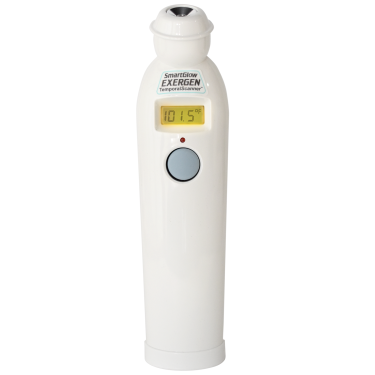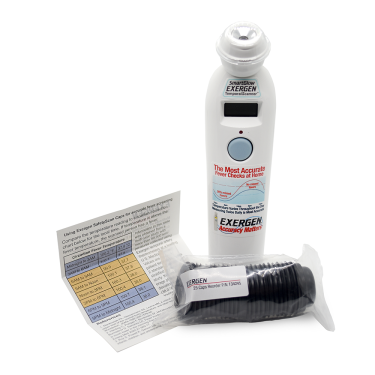When you think of the world’s most dangerous animal, images of lions, tigers, or sharks come to mind. However, the real threat is far smaller and much deadlier. The mosquito is responsible for an estimated 725,000 to 1 million deaths each year, according to Discover Wildlife. These insects may be small but they are the deadliest creatures on the planet, not because of their size or strength, but because of the diseases they spread.
Mosquitoes are vectors for devastating illnesses such as malaria, dengue fever, yellow fever, Zika virus, and West Nile virus. These mosquito-borne diseases cause not only death but can also have long-term health complications.
Mosquitoes Spread Disease
Mosquitoes become infected when they bite an already infected person or animal. They then transmit viruses or parasites to others through subsequent bites. While not everyone bitten becomes sick, the risk remains serious, especially in areas where mosquito-borne illnesses are common.
The Lifecycle of a Mosquito
Understanding the different stages of a mosquito’s life cycle can help prevent mosquito infestations. Mosquitoes go through four distinct life stages: egg, larva, pupa, and adult. The first three stages occur in water. Eggs hatch when exposed to water, releasing larvae which live in water, molt several times, and surface to breathe air. Then they evolve into pupae or “tumblers,” which do not feed and remain in the water until they become adults. After two days to a week in the pupal stage, the adult mosquito emerges and is ready to fly away once its body has hardened. It is important to note that only female mosquitoes bite, as they require a blood meal to lay eggs. They deposit eggs directly on or near water, soil, or plant bases. These eggs can survive in dry conditions. It takes a mosquito four days a month to complete its life cycle depending on temperature, food supply, and species.
What Happens When a Mosquito Bites You?
When a mosquito bites, it pierces your skin and feeds on your blood. During this process, it injects saliva, which triggers your body’s immune response, causing an itchy, red bump.
For example, people get malaria when bitten by an infective mosquito carrying the malaria parasite and results in severe fever. When people think of mosquitoes, they think they are harmless. However, mosquitos are anything but harmless and can cause a range of symptoms ranging from a mild irritation to a more severe reaction.
Symptoms can include:
- Puffy, red bumps
- Itchy, hard lumps
- Small blisters or dark spots
- In some cases, low-grade fever, hives, and swollen lymph nodes
Severe allergic reactions are more common in children, people with compromised immune systems, or adults bitten by unfamiliar mosquito species.
Since fever is a common symptom, it is important to take regular temperature checks. Try using an easy-to-use, accurate thermometer like the Exergen Temporal Artery Thermometer to ensure that temperature measurements are reliable and precise.
How to Protect Yourself
You can reduce your risk by:
- Using EPA-registered insect repellents
- Wearing long sleeves and pants, especially at dawn and dusk
- Choosing clothing treated with permethrin
- Controlling mosquitoes inside and outside your home by eliminating standing water
Mosquitoes may be tiny, but they are an enormous threat. It is important to know the risks and how to protect yourself from mosquito bites.
Sources:
Exergen ECO/PN 850471





